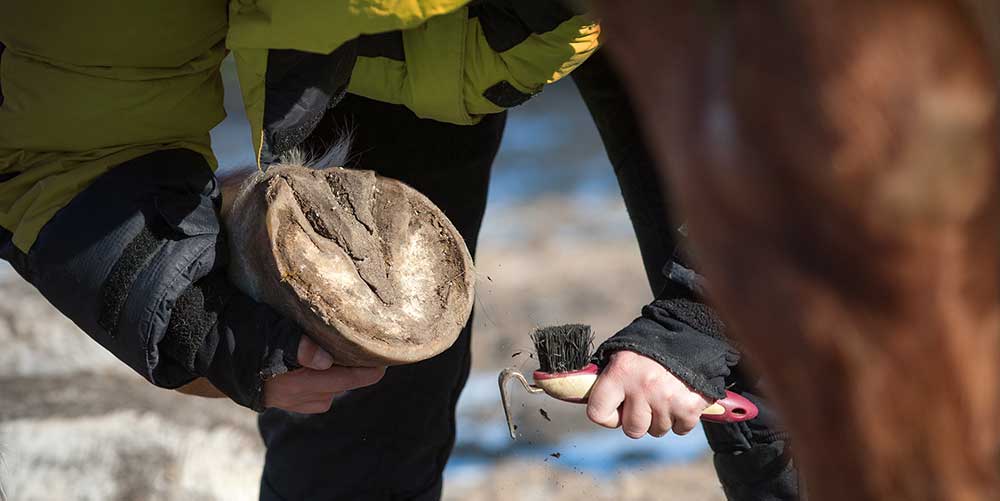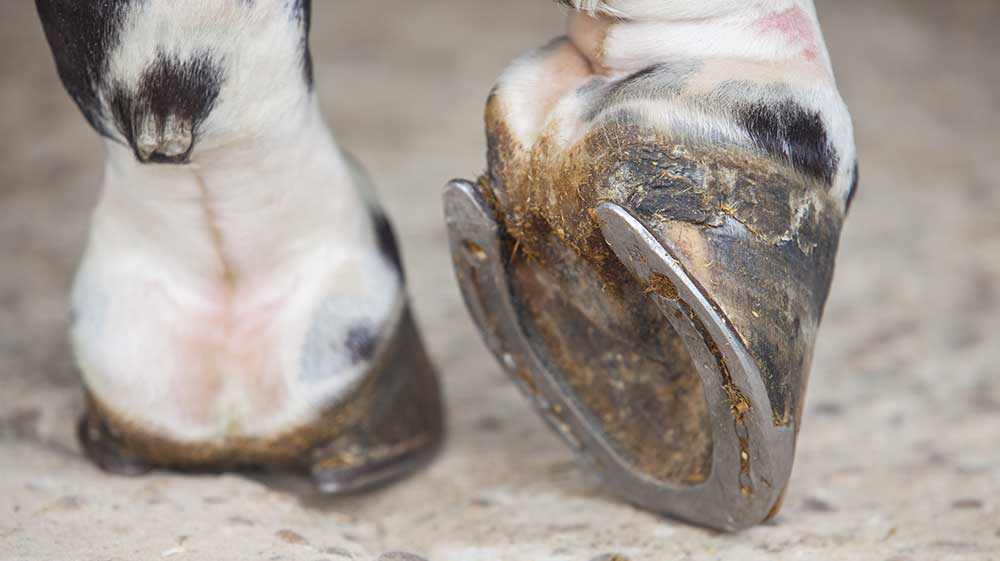Horse Supplements
Another perspective in understanding Hoof Supplements
Most people are generally aware that horse hoof supplements should, at a bare minimum, contain biotin and beyond that, based on the consistency in formulas in the marketplace, ingredients like methionine and zinc. Methionine is a critical ingredient as it is closely involved in the cross liking of keratin, thereby providing better structural integrity and resilience for the hoof wall. Keratin makes up a significant percentage of the hoof wall. Methionine is one of the “essential “ amino acids, in the sense that the horse cannot produce methionine on its own. Zinc is also recognized as playing an important role in hoof health – be sure to look at the source of the zinc being used in a supplement as many manufacturers use cheaper inorganic forms that have a poor absorption profile in the horse. Copper should always be added when you are supplementing with zinc to keep mineral ratios correct and one should look for at least a 3 to 1 ratio of zinc to copper. The best evidence pointing to the benefits of biotin supplementation was based on a 1991 study of 42 Lipizzaner stallions at the famous Spanish Riding School in Vienna, where it was demonstrated over an extended period of time that the horses receiving biotin had improved hoof condition.
Some companies have tried to differentiate their hoof supplements by providing higher and higher levels of biotin for example, when there is no evidence whatsoever that there is a directly proportional benefit. In fact, given that biotin is water soluble, feeding ever higher qualities of biotin in a hoof supplement will just lead to very expensive urine.
At Grand Meadows we have a rather different viewpoint. While we also believe that there is some good evidence that a hoof supplement containing a combination of 15-20mg of Biotin, methionine and other co-factors can be very helpful in supporting healthy hoof growth, the horse should naturally be producing enough Biotin along with other key B vitamins through bacterial digestion. This is why in addition to the conventional ingredients we added our prebiotic to both of our hoof supplements and in many of our horse supplements. By doing this we are ensuring that the bacterial digestion aspect in the production of biotin and as a side benefit those of all the other B vitamins, many of which are also closely linked to the immune system, is performing as efficiently as possible.
No one else has really addressed this issue and it is perhaps the reason that Grand Hoof and Grand Hoof Pellets continue to receive so many positive testimonials as a powerful hoof supplement, even when customers have tried numerous apparently comparable products in the past with poor results.
You’ll first see a new healthier band of hoof growth directly below the coronary band. Remember – it takes 3-6 months for solid improvement and almost a year for the hoof to completely grow out.

It is always important to remember that even though you may be using a powerful hoof supplement, the hoof horn will still only grow a quarter to a third of an inch per month, so a need for patience goes hand in hand with the right formula.

